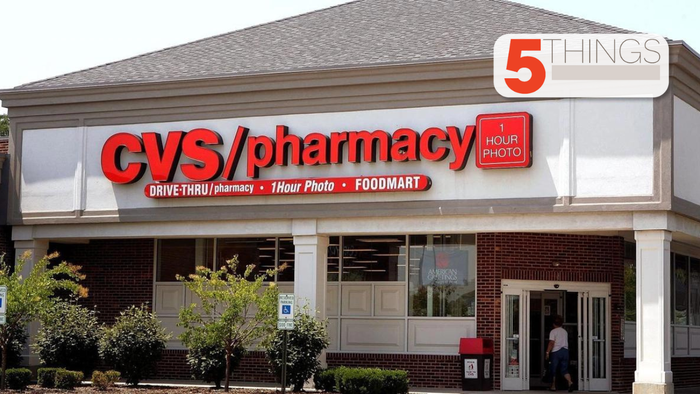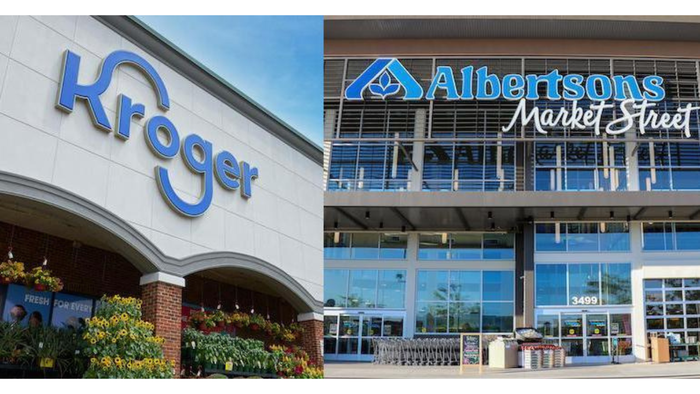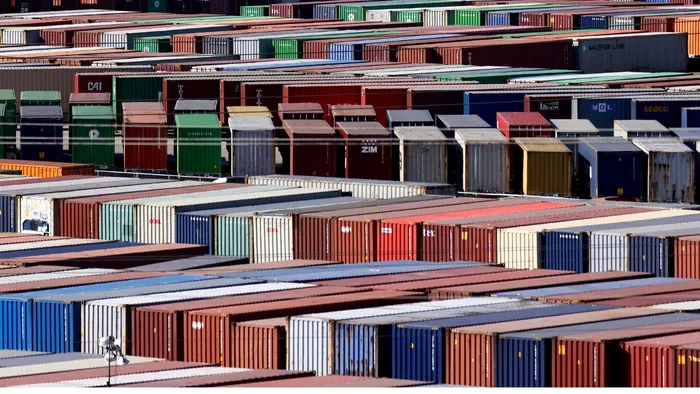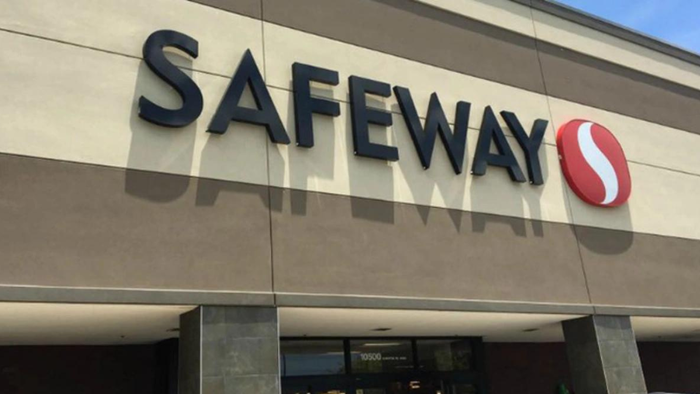Sponsored By
Grocery Trends & Data
More Topics
thumbnail
Grocery Trends & Data
The Retail Daily podcastThe Retail Daily podcast
Produced in cooperation with editors from CSP Daily News, the Retail Daily features the day’s top headlines from the grocery and c-store industries
Stay up-to-date on the latest food retail news and trends
Subscribe to free eNewsletters from Supermarket News
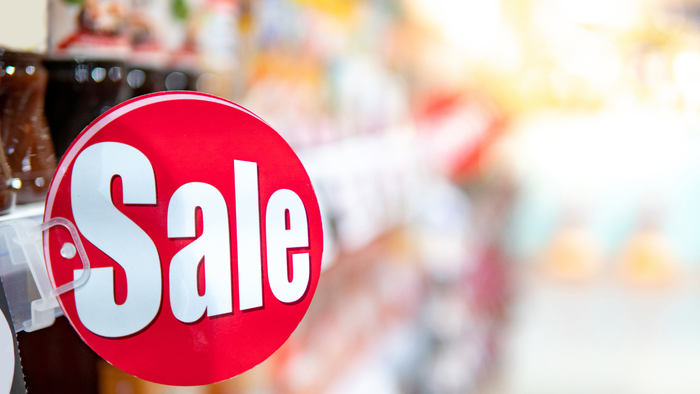

.png?width=700&auto=webp&quality=80&disable=upscale)































